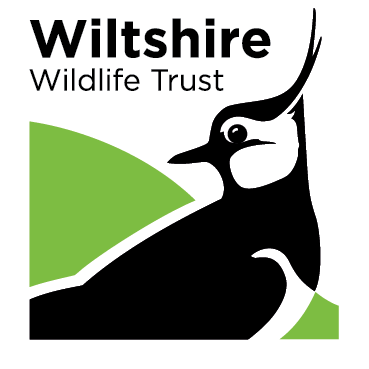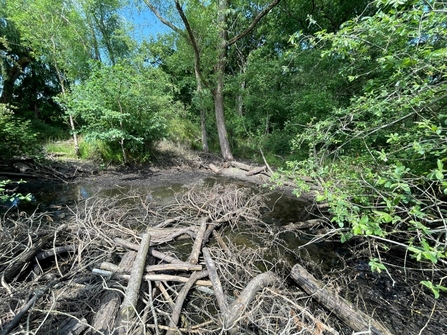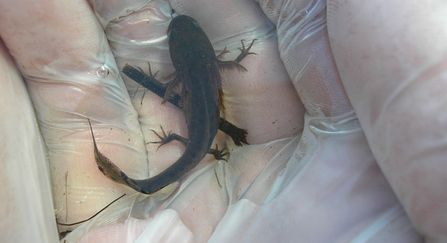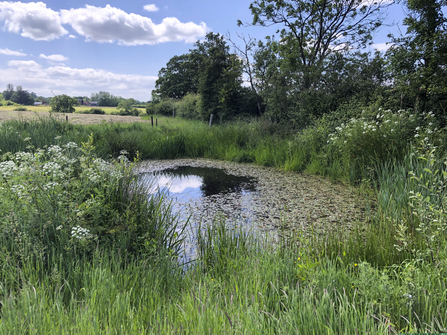Finding Old Ponds
Across the UK old ghosts rest forgotten across the landscape but if you look you can find them. Relict ponds, silted up, filled, removed from the countryside by the shifting demands of farming and land management. Their shadows still exist in field depressions, hollows, areas that hold water when it rains. Tools like Know Your Place allow you to overlay historic charts onto modern maps, revealing the ponds of past landscapes. On these old maps, you can spot the tell-tale blue shapes and then pull the modern map over to see if the pond remains—or if it's become a ghost. Some of the locations where relict ponds haven’t quite disappeared altogether we call Zombie Ponds, these are easier to find but restoration follows similar routes.




